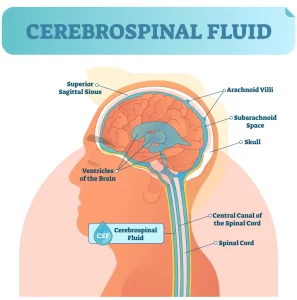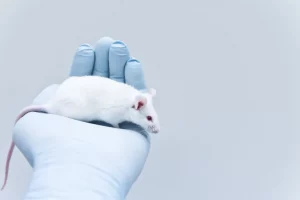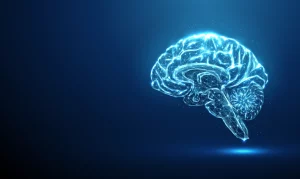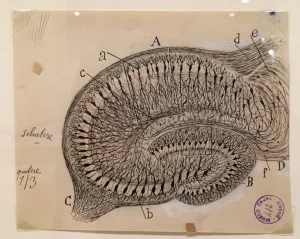
Newly identified mutations in SCA19/22 and their dysfunctions
Written by Sophia Leung Edited by Dr. Marija Cvetanovic While the mutant proteins in SCA19/22 lose part of their innate functions and properties, they also disrupt the key functions of the normal healthy protein. The underlying mechanism of the hereditary property of SCA19/22 is elusive. In this study, the researchers Read More…

















